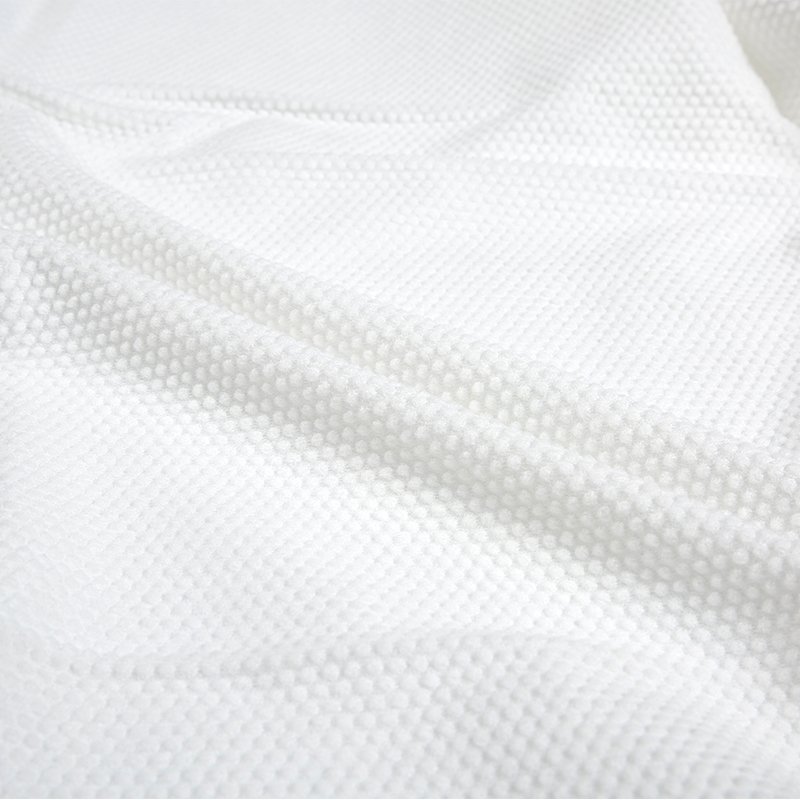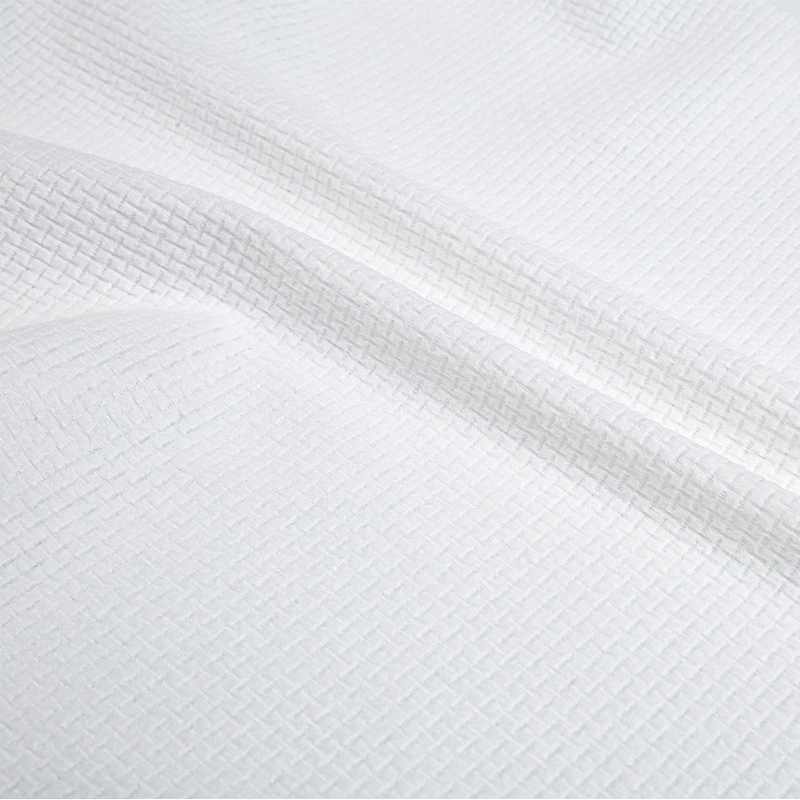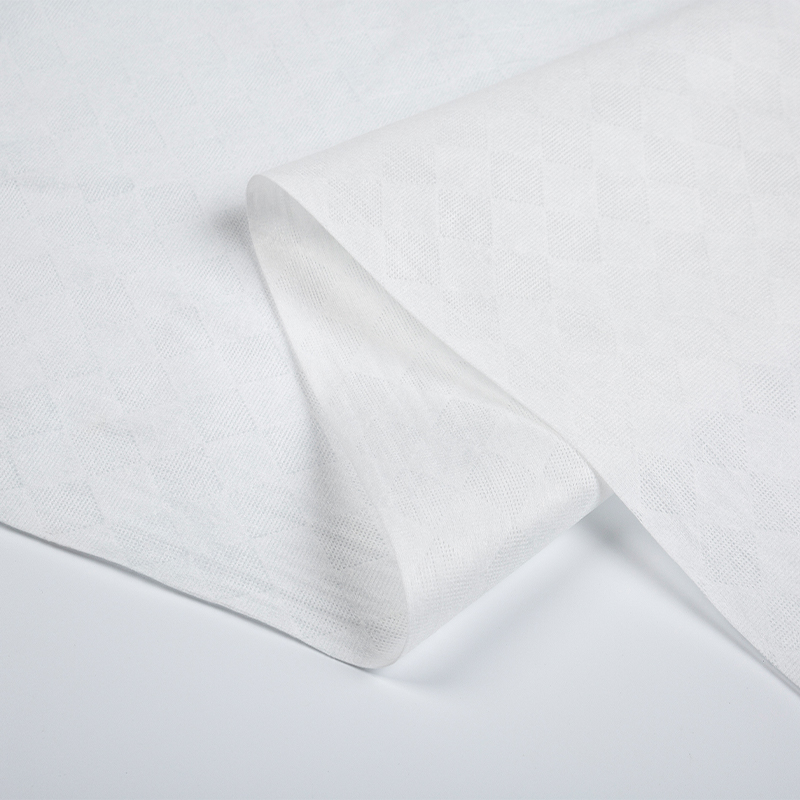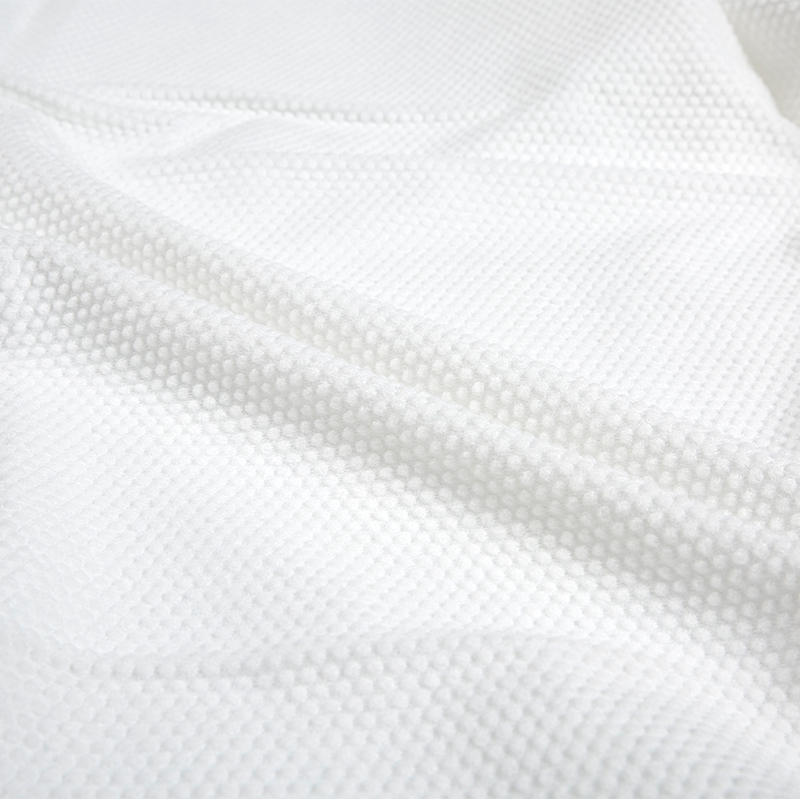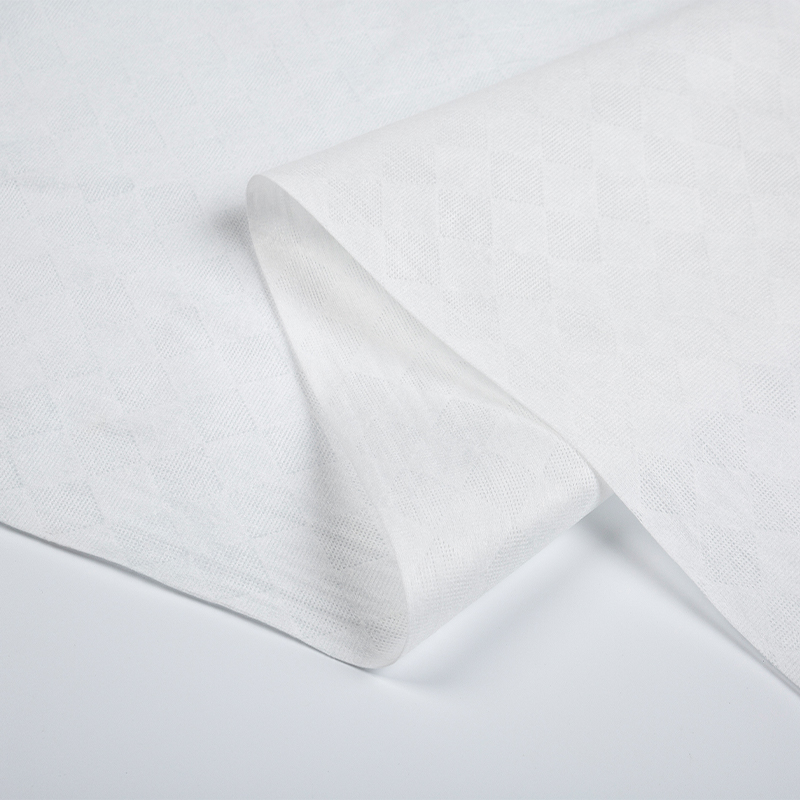Founded in 2022, Hangzhou Shunlong Nonwovens Technology Co., Ltd. is a professional China nonwoven fabric manufacturer and non-woven raw material factory
As an important category in the nonwoven fabric field, Spunlace Nonwoven Fabric continues to expand its application boundaries in the global market and demonstrates strong development vitality with its unique performance and innovative processes.
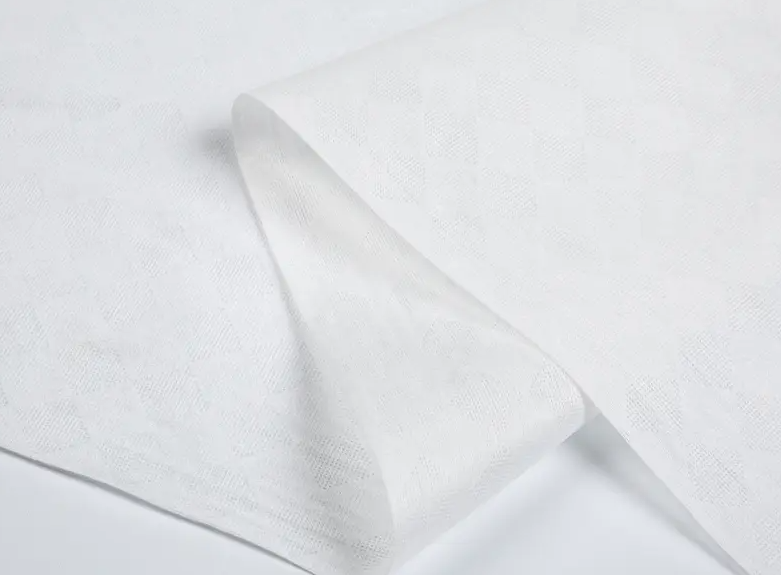
Technology innovation promotes performance upgrades
Recently, Spunlace Nonwoven Fabric's production process has ushered in a key breakthrough. The high-pressure fine water flow jet technology is more accurate and controllable. By optimizing parameters such as water flow pressure, jet angle and fiber arrangement, the fiber entanglement is tighter and even, greatly improving the strength and stability of the product. New fiber raw materials are emerging continuously. The innovative combination of natural fibers, recycled fibers and synthetic fibers not only enhances the softness and hygroscopicity of non-woven fabrics, but also gives them special functions such as antibacterial, anti-mold, and anti-static. For example, Spunlace Nonwoven Fabric, which incorporates nanotechnology, has shown excellent antibacterial properties in the medical and health field, effectively reducing the risk of infection. Intelligent production is also reshaping the industry structure. The introduction of automation equipment and intelligent control systems has achieved real-time monitoring and precise regulation of the production process, greatly improving production efficiency and product quality stability, while reducing labor costs and resource waste.
Continuous expansion of application areas
In the field of medical and health, Spunlace Nonwoven Fabric is widely used. The demand for products such as surgical gowns, surgical bags, masks, wound dressings, etc. continues to rise. Because it is soft, skin-friendly, breathable and comfortable, and has good filtration performance, it can effectively block bacteria and viruses, providing reliable protection for medical staff and patients. In terms of personal care, among products such as wet tissues, baby wipes, cotton pads, sanitary napkins, spunlace non-woven fabrics have become an ideal raw material choice due to their excellent water absorption and softness, satisfying consumers' pursuit of comfort and hygiene. In the field of household goods, spunlace non-woven fabrics have also emerged. It is used to make curtains, sofa covers, bed sheets, etc., and its breathable, dust-proof and easy-to-clean properties improve the quality of home life. In the industrial field, it is used as a filter material, an insulating material and a reinforcement material. With its high strength and good physical properties, it ensures the efficient operation of industrial production.
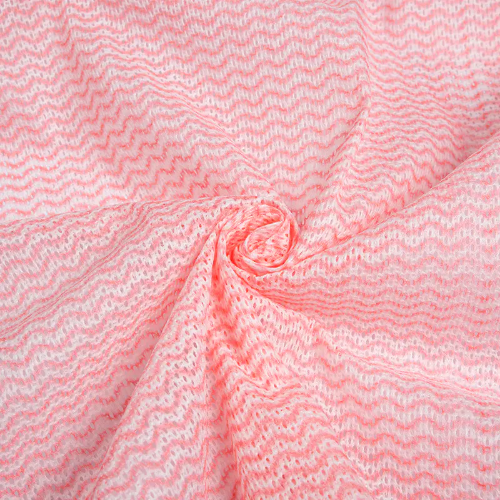
The market size is growing steadily
Thanks to technological progress and application expansion, the global spunlace non-woven market has shown a steady growth trend. According to statistics, the global market size reached US$15 billion in 2019, and is expected to exceed US$20 billion by 2025, with an annual compound growth rate of about 6%. As the largest consumer market, the Asia-Pacific region accounts for more than 40%, and the growth rate of the Chinese market is particularly significant. With people's living standards improving and environmental awareness increasing, the demand for Spunlace Nonwoven Fabric's environmentally friendly, sanitary and high-performance products has continued to increase, which has promoted the continuous expansion of the market size. At the same time, industry competition has prompted enterprises to increase R&D investment, improve product quality and innovation capabilities, and further expand market share.
The Spunlace Nonwoven Fabric industry is in a golden period of technological innovation and market expansion. In the future, with the in-depth development of technology and the continuous extension of application fields, spunlace non-woven fabrics will play a key role in more industries and inject new impetus into global industrial development.

 English
English 日本語
日本語 русский
русский Español
Español